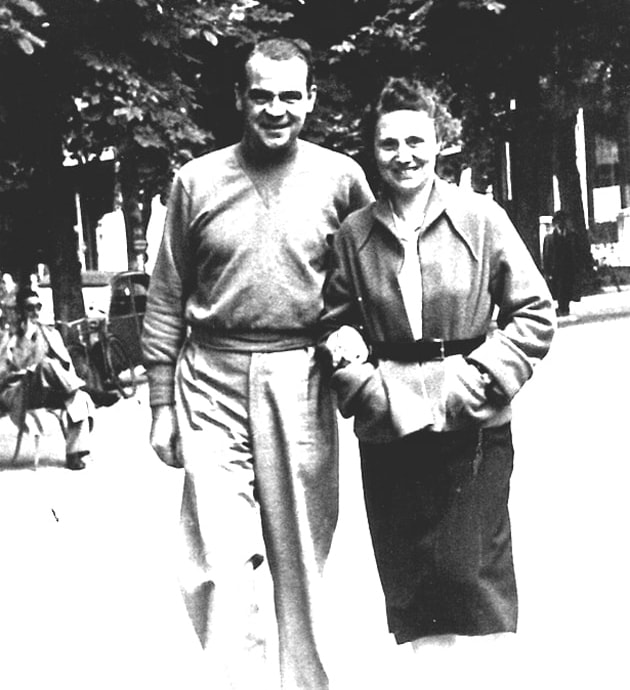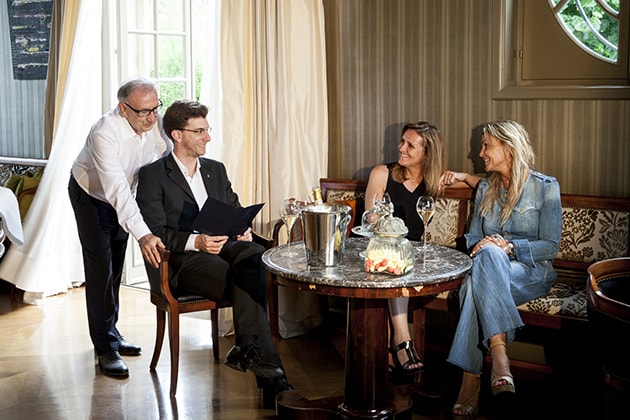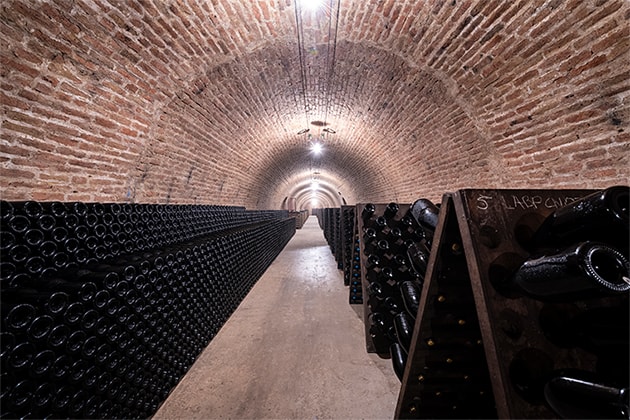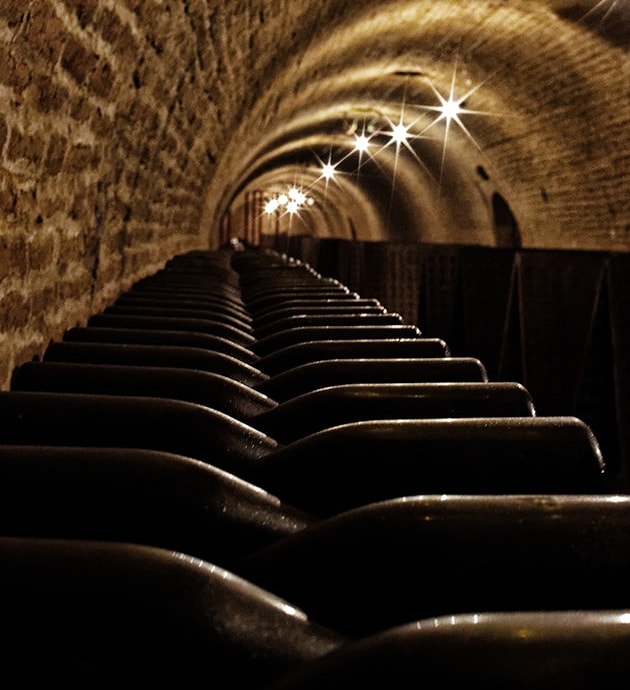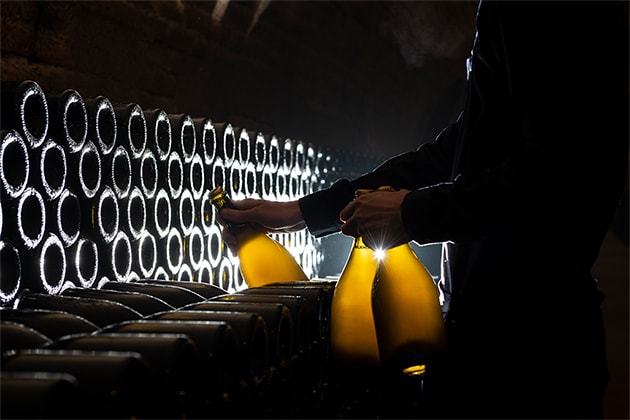Today, Alexandre Cattier, became the thirteenth generation of Cattiers to work the vines and the fourth to produce their own champagne when he took the reins of the company, alongside his cousin Agathe, who became the Assistant Managing Director, and Marie, the new brand ambassador.
Under the guidance of Jean-Jacques Cattier, Cattier Champagne has flourished through the hard work, courage and audacity of the men and women in the family. Driven by their passion for wine and the land they work, each has helped make Cattier the brand it is today, dedicated to preserving and passing on the excellence we have inherited.

